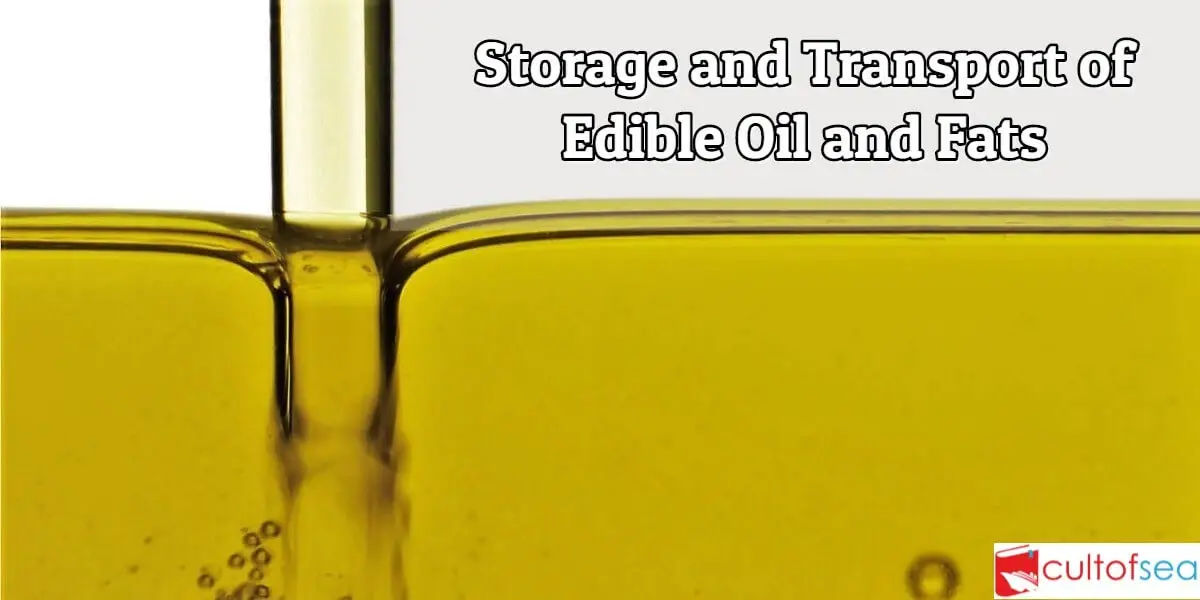Introduction The international trade in oils and fats increases every year in volume and diversity. It included some 18 million tonnes of shipped cargo in 1984. The system involved in bringing the products from the harvest field to the end user is complex and inevitably a number of independent management is involved in processing, storage, and transport. It is clearly in the interest of all the parties involved that any deterioration in the products should be minimised. To this end, a number of trade associations have published advice for the benefit of their members. Individual sources … [Read more...]
